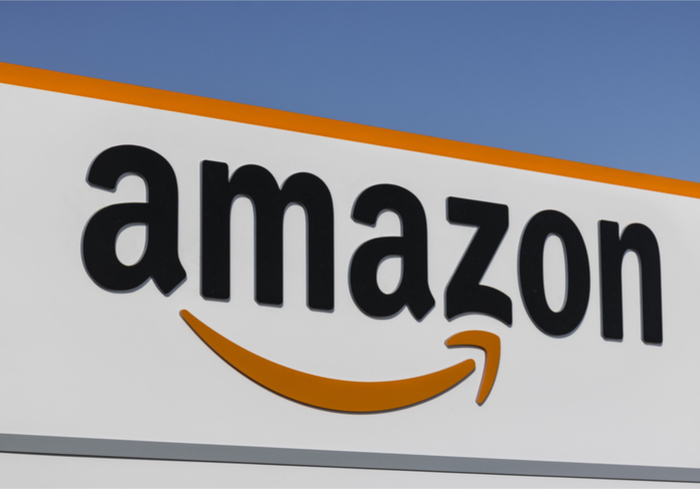According to Bloomberg, the retail group that helped sign multimillion dollar deals with brands selling on Amazon is now being merged with the team that runs the marketplace, an automated platform that lets anyone price, market and sell their products on the site without having to interact with anyone.
In recent months, several high-ranking executives have left for other jobs or been reassigned. Despite this news, Amazon said it’s still creating jobs — as well as automation — across the company to better serve its customers.
“We’ve been working for some time on standardizing the products, tools and services we offer to the brands and resellers that sell on Amazon, and have made some organizational changes as a result,” Amazon said in a statement, adding that it has more than 16,000 corporate jobs open worldwide and created 130,000 jobs last year.
The shift to automating retail team jobs started several years ago with an initiative called “hands off the wheel.” Tasks like forecasting demand, ordering inventory and negotiating prices to algorithms were handed to machines, but humans could initially override the software’s decisions. However, as the machines proved their expertise, employees were discouraged from making any changes.
“Amazon realized a lot of expensive employees were spending a lot of time working on things that should really be automated,” recalls Elaine Kwon, who worked as a vendor manager at Amazon from 2014 to 2016.
Advertisement: Scroll to Continue
In 2015, the value of goods sold through the marketplace exceeded those sold by the retail team. In fact, the marketplace generated twice the operating profit margin of the retail business — 10 percent versus 5 percent. In many international markets, though, the retail team has never turned a profit.
Then, two years ago, the retail team stopped having to negotiate with major brands and manufacturers regarding the site’s “Lightning Deals.” Instead of calling their vendor manager, merchants simply logged into an Amazon portal that would determine if the site liked the deal being offered and the quantity it would buy.
Neil Ackerman, a former Amazon executive who now manages the supply chain at Johnson & Johnson, said, “Computers know what to buy and when to buy, when to offer a deal and when not to. These algorithms that take in thousands of inputs and are always running smarter than any human.”
Some of the company’s retail team members are finding work or consulting gigs with manufacturers and brands that are looking to find ways to get their products to stand out on Amazon. Kwon started her own eCommerce management and software company, helping fashion and beauty merchants sell on major platforms, including Amazon.
“Amazon is so cutthroat and crowded,” she says. “Brands need to have strategies.”

